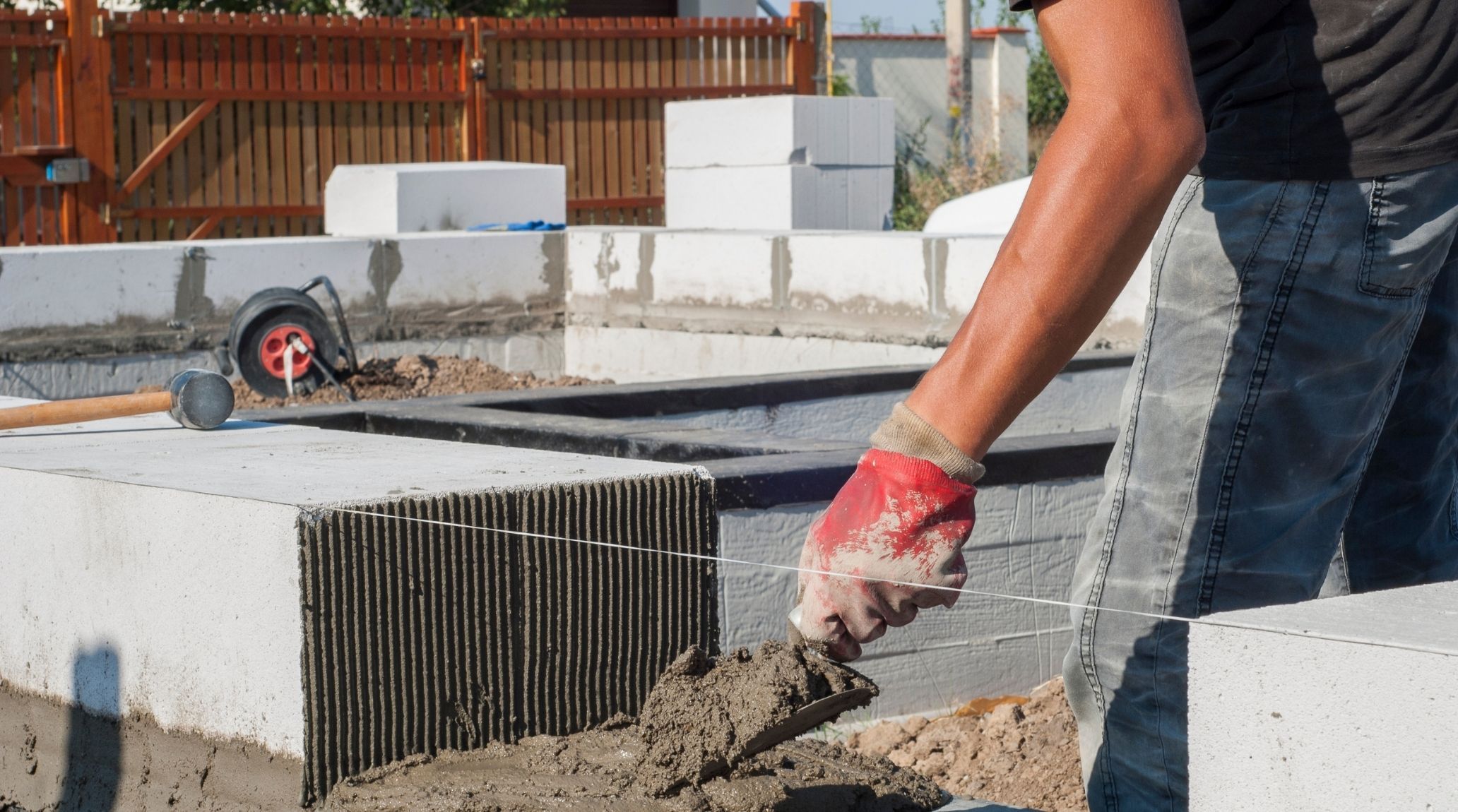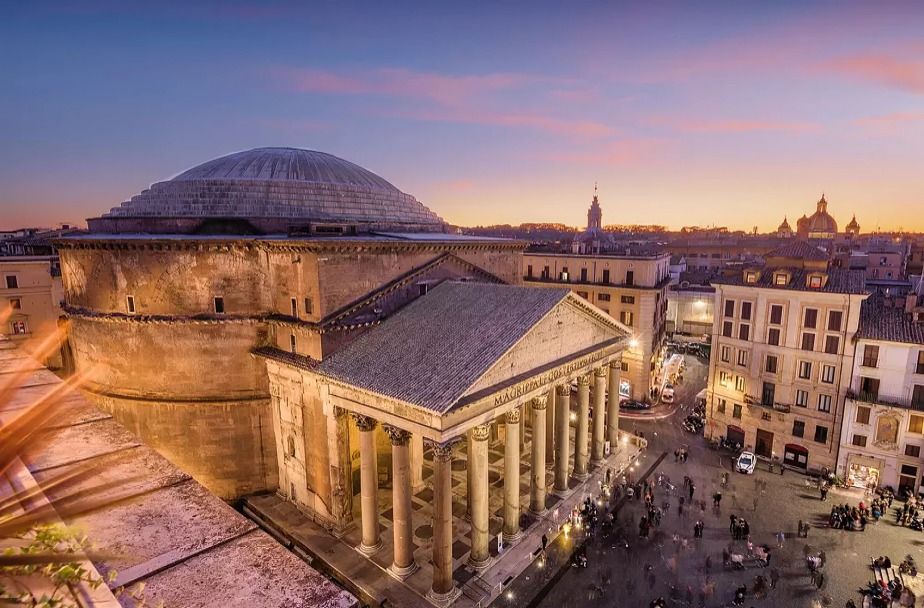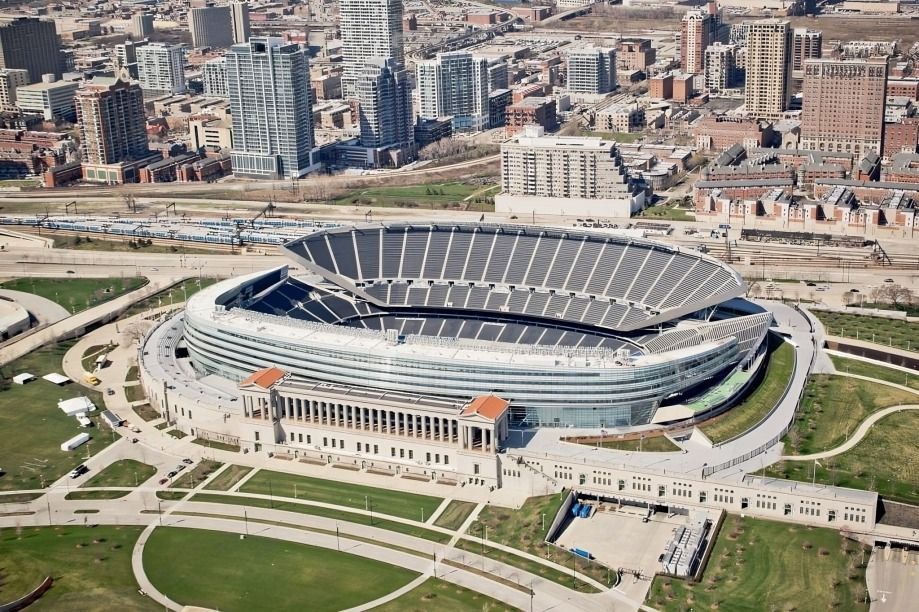
“
Masonry is the art of constructing structures using individual units bound together with mortar. These units can be made from materials like brick, stone, concrete block, glass block, or adobe. Masonry serves both structural and aesthetic purposes in architecture, adding strength, durability, and character to buildings. Its history dates back to 7000 B.C., with sun-dried mud bricks in Jericho. Discover 20 Compelling Facts about Masonry and how this ancient construction technique not only upholds its timeless charm but also adapts to modern sustainability standards.1
1
”
Masonry offers great design versatility, with hundreds of colors and decorative finishes available. Over 70% of buildings worldwide are constructed using masonry, emphasizing its widespread use and reliability.1
The Washington Monument, standing at 169.3 meters (555 feet 5 inches) in Washington DC, is the tallest stone structure in the world built without steel reinforcement, highlighting masonry's remarkable strength. 2
New CarbonCure Technology is revolutionizing masonry by using CO₂ in the concrete mixing process. This technique not only enhances sustainability but also significantly lowers the carbon footprint of concrete.3
Masonry materials are inherently fire-resistant due to their dense and non-combustible nature. This means they can withstand high temperatures and slow the spread of flames, providing valuable time for evacuation and reducing fire damage. 4

The Pantheon in Rome features a 43-meter (142-foot) unreinforced concrete dome, the largest of its kind, demonstrating the extraordinary capabilities of ancient masonry techniques.
The hardness of masonry walls makes them an effective barrier against pests. Unlike wood, masonry doesn’t provide a food source for insects, keeping homes and buildings free from common pest infestations. 5
Masonry materials boast high R-values, meaning they offer excellent insulation. This translates to better temperature regulation, keeping buildings cooler in the summer and warmer in the winter. 6
Masonry is one of the oldest construction techniques, with historic examples like Egyptian pyramids and Roman aqueducts showcasing its enduring legacy. Modern masonry continues to evolve, blending traditional methods with innovative practices. 7
In earthquake-prone areas, reinforced masonry is designed to absorb and dissipate seismic forces, enhancing the stability and safety of modern earthquake-resistant buildings. This innovative approach significantly reduces the risk of structural damage during earthquakes. 8
Masonry’s robust nature makes it highly resistant to extreme weather conditions, such as heavy rain and intense sunlight, ensuring long-lasting performance and minimal maintenance. 9
High-end hotels utilize masonry for its fire-resistant properties and superior noise reduction, creating a sophisticated, safe, and serene environment for guests while ensuring structural longevity. 10
This innovative self-healing power, with special bacteria, acts like a natural repair crew for masonry. When cracks form, these tiny microbial workers get to work, filling in the gaps and maintaining the structural integrity of buildings. 11
Masonry, constructed from materials like stone, brick, or block, boasts remarkable resilience. It withstands the test of time and weather, virtually impervious to their effects. Beyond durability, masonry acts as a natural insulator, providing thermal comfort. 12
Masonry materials offer several advantages, including resistance to mould growth, exceptional durability, and effective moisture control. Their inherent properties make them a reliable choice for construction. 13

Masonry is frequently used in stadiums and sports arenas for its strength and durability, enabling structures to endure heavy use, withstand harsh weather, and provide a stable environment for large crowds.
Modern engineering has developed lightweight masonry materials that retain strength while reducing the overall weight of structures, improving ease of construction, and reducing the load on foundations. 14
Masonry bricks, also known as clay bricks, are fired in kilns at high temperatures to achieve their durability and strength. The intense heat—around 2,000°F (1,093°C)—causes the clay minerals to vitrify, resulting in a solid, long-lasting material that’s commonly used in construction. 15
There are various types of masonry, including brick, stone, and concrete masonry. Each type has its own techniques and advantages, providing options for different aesthetic and structural needs. Understanding these types helps in selecting the appropriate masonry for a project. 16
Masonry walls can serve as load-bearing elements, supporting the weight of structures above them. This capability makes masonry a key component in many buildings. Load-bearing walls are integral to the stability and strength of the overall construction. 17
Modern masonry often incorporates reinforcement, such as steel bars (rebar) or mesh, to enhance strength and prevent cracking. This reinforcement is especially important in areas prone to stress or movement. Incorporating such elements helps ensure the longevity and integrity of the masonry. 18


